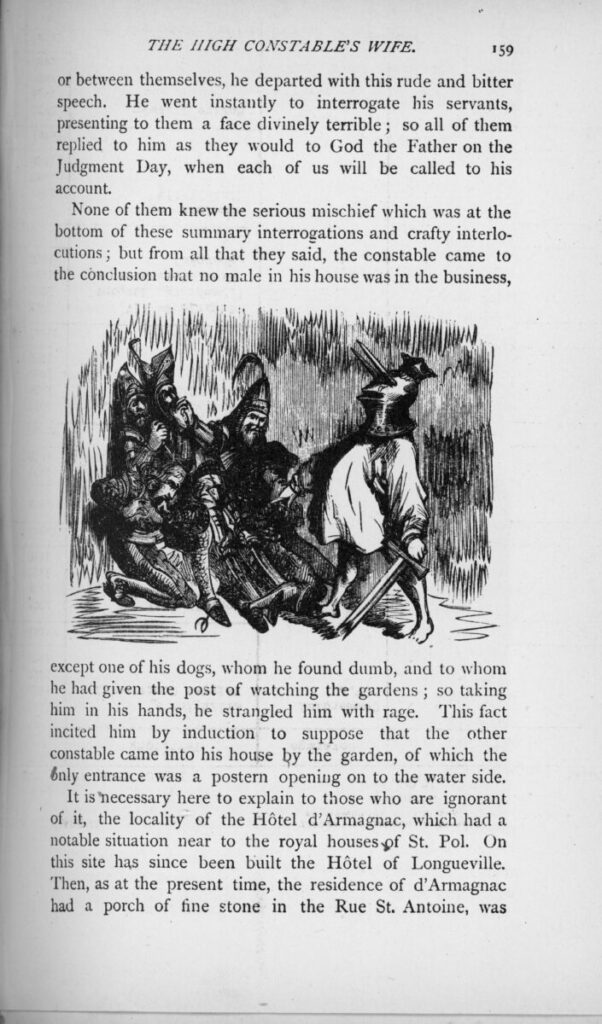Taking control of my computer screen from Thailand this morning, James Peacock worked on some of the problems that have arisen from my new site. He resolved some issues and made notes to work on about others. I celebrated with this post in which, for example, readers should be able to enlarge images.
The second of her books that Elizabeth gave me as part of her library culling was
This 1961 edition, bound in stout boards seemingly representing a clasp preserving the contents, carries an offer of free books for introductions.
The work is divided into three Decades, each of ten stories, which I will take separately, for reasons which will become apparent.
Since Balzac, in order to convey a marvellous picture of French life and manners in the sixteenth century, decided to write in the country’s ancient language, he has presented the translator wishing to render the stories into modern English. Imagine translating Shakespeare or even Chaucer into modern French.
I have chosen to return to my two other versions of these “Contes Drolatiques”, and present the work of other artists in company with Mervyn Peake’s quirky illustrations.
“She filled with Greek wine one of the goblets and offered it to her love”
The first story, given as “Beautiful Imperia” by Alec Brown, and as “The Fair Imperia” by each of the other translators, is a typically scurrilous tale involving competition from various members of the wayward religious hierarchy for access to the delights of a superior bawdy wench. The writer’s exuberant and unrestrained descriptive prose carries us along at a fair rate. As is my wont, I will not attempt to rival Balzac in spoiling detail.
My earliest version of the tales is dated 1874, just 37 years after first publication by Gosselin of Paris, and the first in English. At some point the volume has been skilfully rebound, but the pages are clear and undamaged.
The book is lavishly illustrated by the renowned Gustav Doré. When enlarged, these pages will give examples of the prose, although the translator is not credited.
According to the flyleaf my next version of the first Decade once belonged to Gwyneth Ressich of Manila. It is No. 2,335 of a limited edition of 3,000 copies. Alongside the title page and frontispiece above is the embossed design by the artist pictured on the front board.
The Belgian-born Jean de Bosschère (1878-1953) was heavily influenced by Aubrey Beardsley. His full page illustrations are protected by tipped-in tissue.
This evening we all dined on succulent roast lamb; crisp Yorkshire pudding, roast potatoes, and parsnips; firm Brussels sprouts, broccoli, and carrots; and meaty gravy, with which I drank more of the Côtes du Rhône.





























































































































